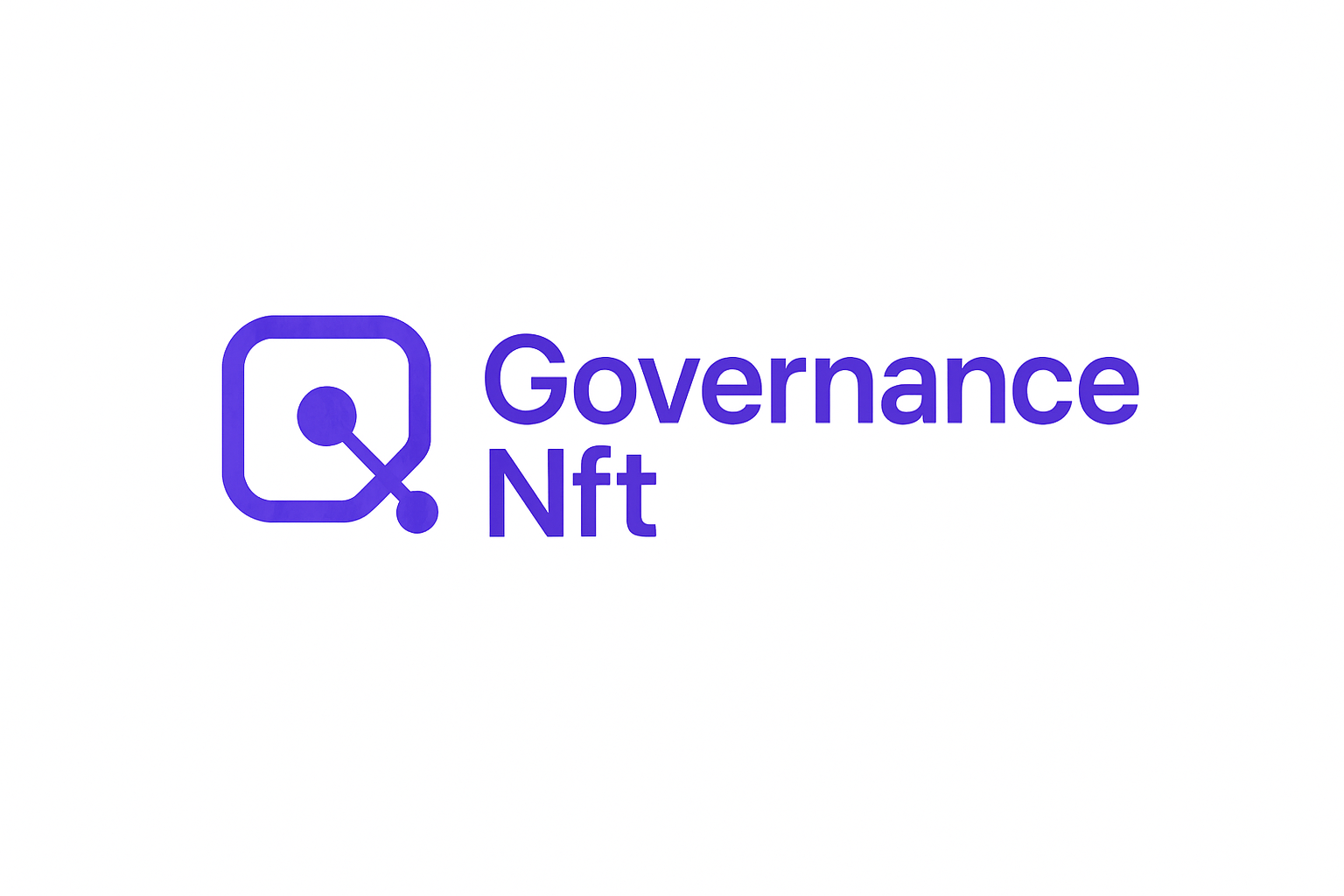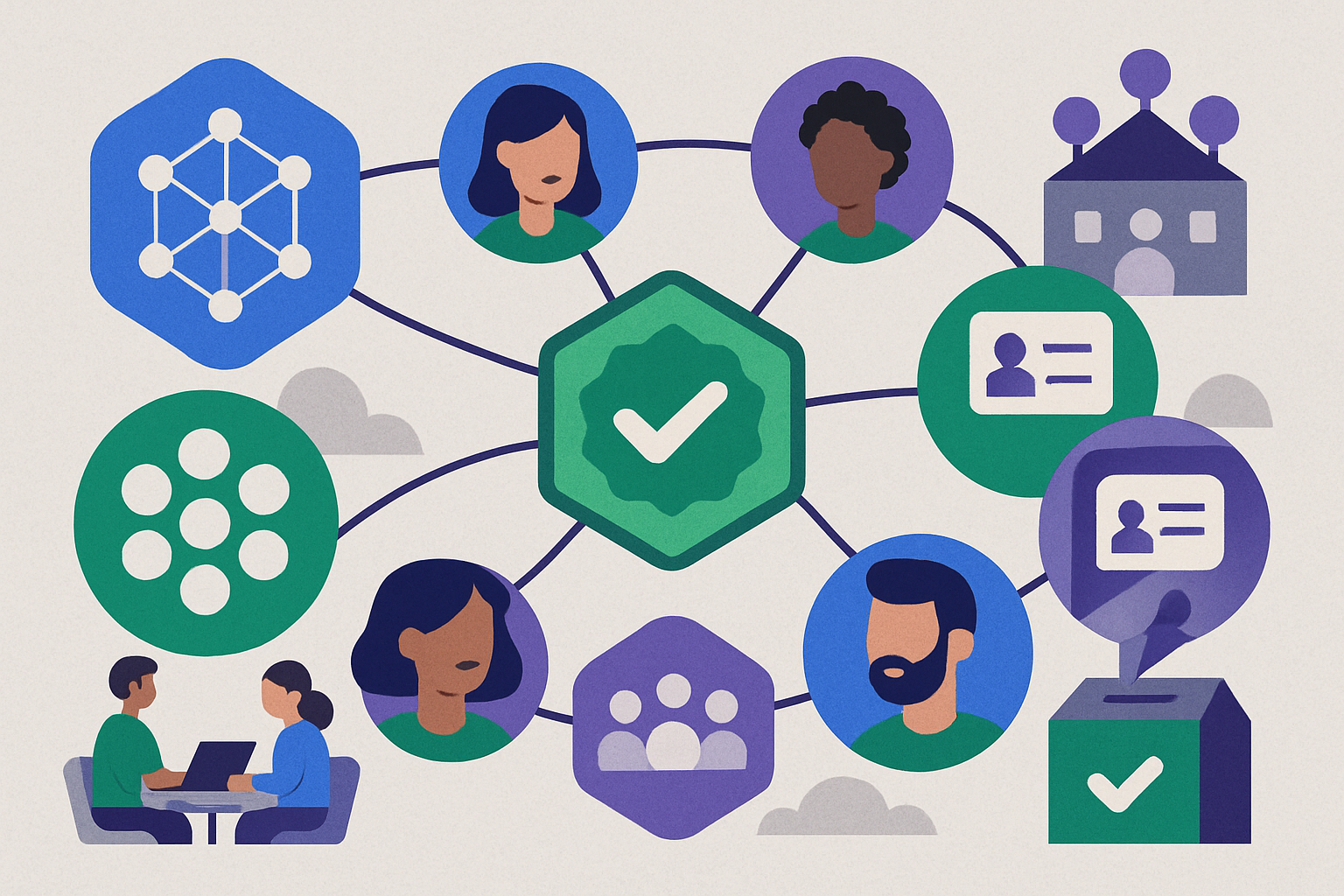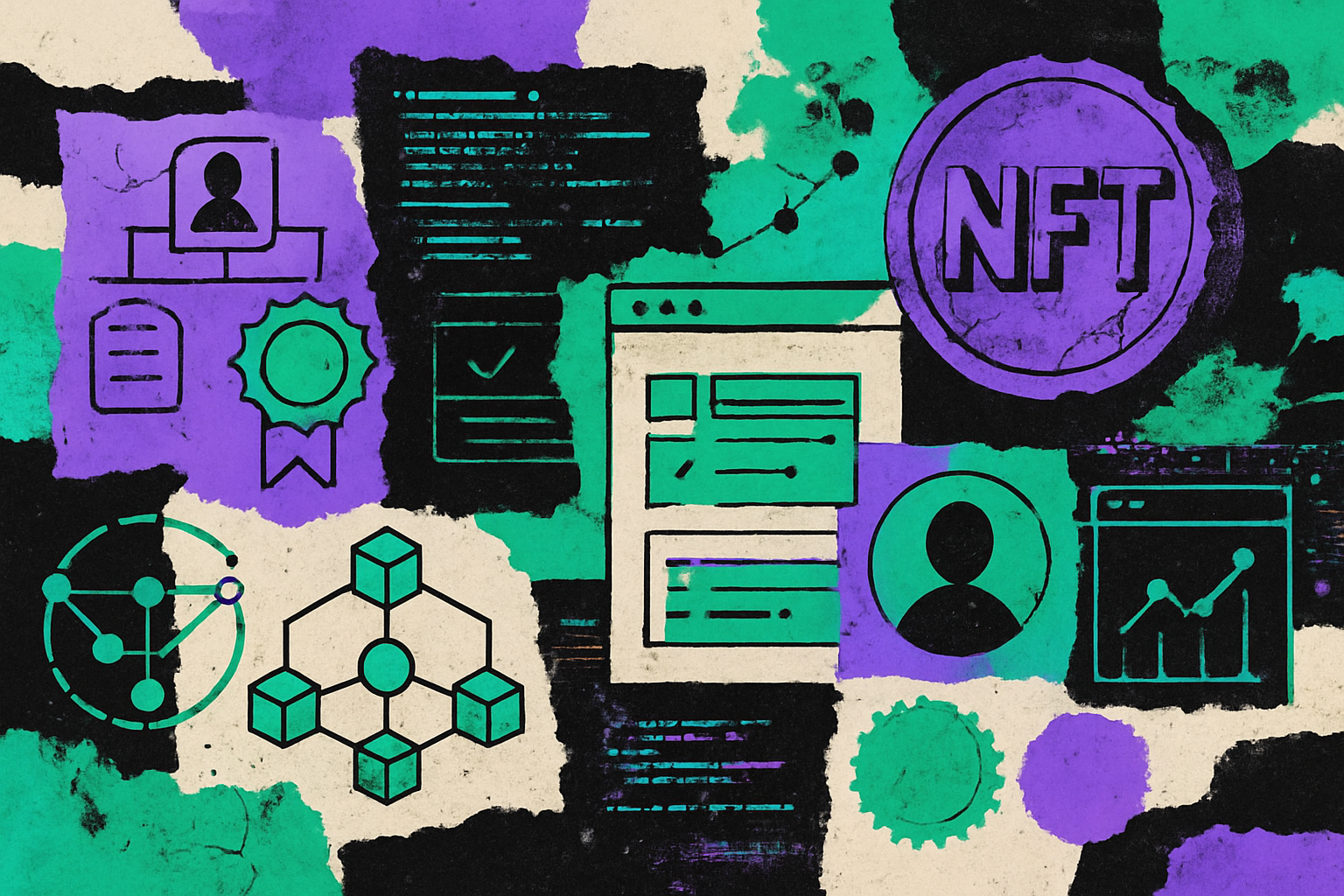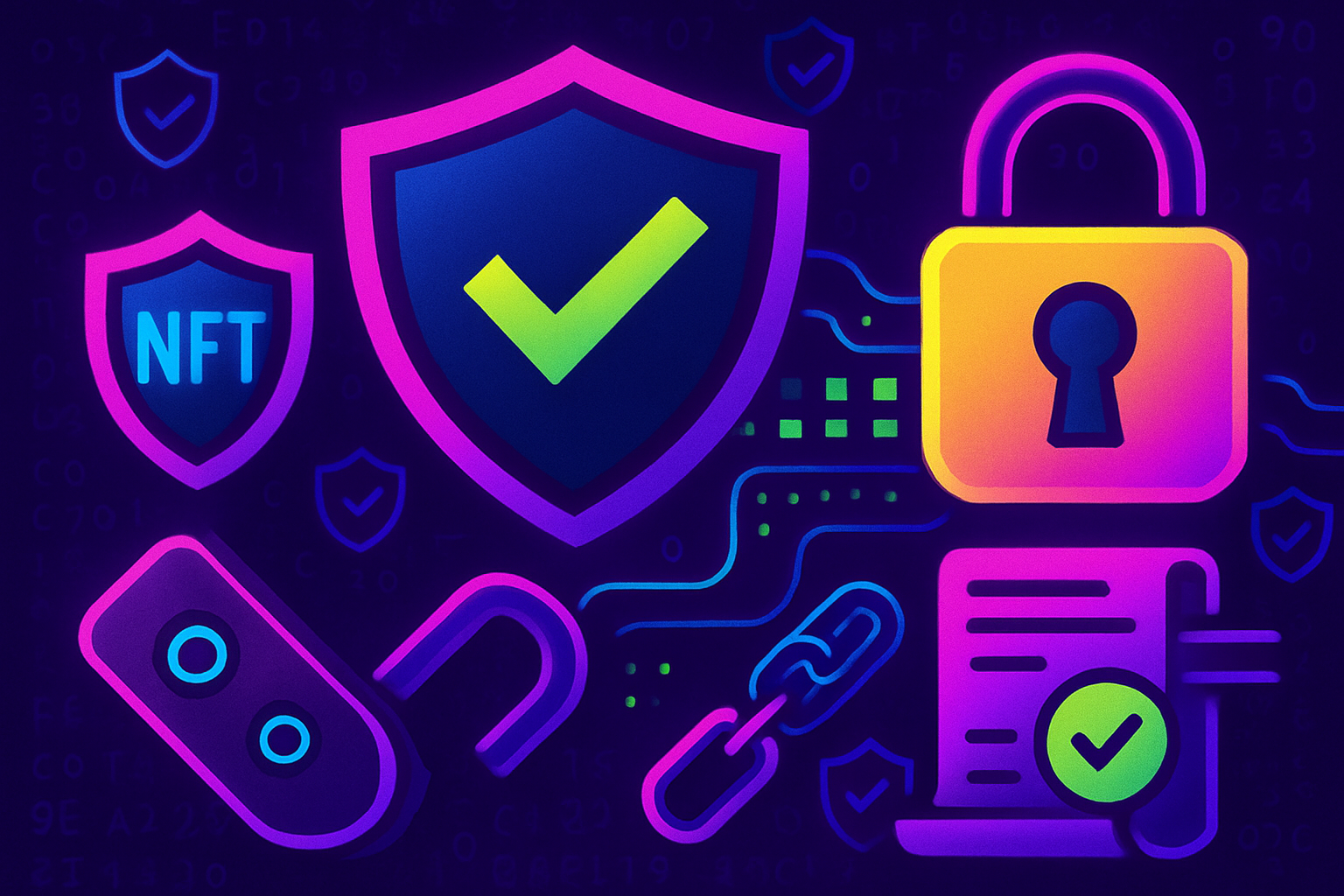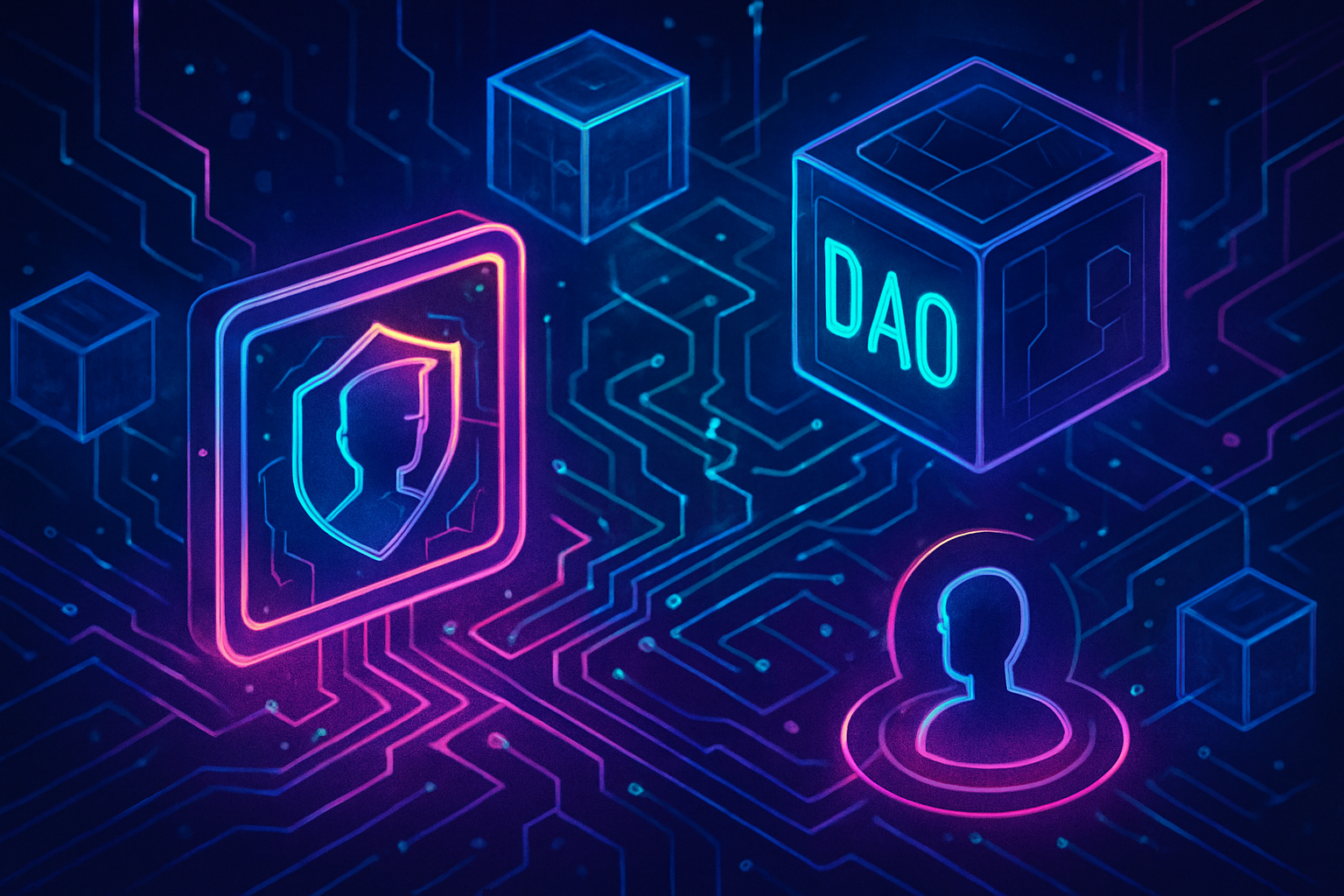
Decentralized Autonomous Organizations (DAOs) are rewriting the rules of community engagement and contributor recognition. As these blockchain-native collectives scale, the traditional methods of rewarding participation and tracking reputation have proven inadequate. Enter DAO NFT badges: verifiable, on-chain credentials that offer transparent, immutable recognition for every member’s contributions.

Why Recognition Matters in Decentralized Communities
In DAOs, reputation is currency. Unlike legacy organizations where resumes and titles dominate, DAOs thrive on visible, provable records of value-add. Yet, with pseudonymous contributors spread across the globe, how can a DAO fairly measure and reward involvement?
This is where governance NFT recognition steps in. By issuing unique NFT badges for milestones like voting participation, project management, or technical contributions, DAOs create a public ledger of engagement. These badges are more than collectibles; they’re proof-of-impact tokens that empower members while fostering trust within the community.
The Mechanics: How Do Contributor Badges Work?
NFT badges in DAOs aren’t just decorative icons – they’re programmable assets tied to smart contracts. This means each badge can encode specific achievements or roles:
Key Ways DAOs Use NFT Badges for Contributor Recognition
-
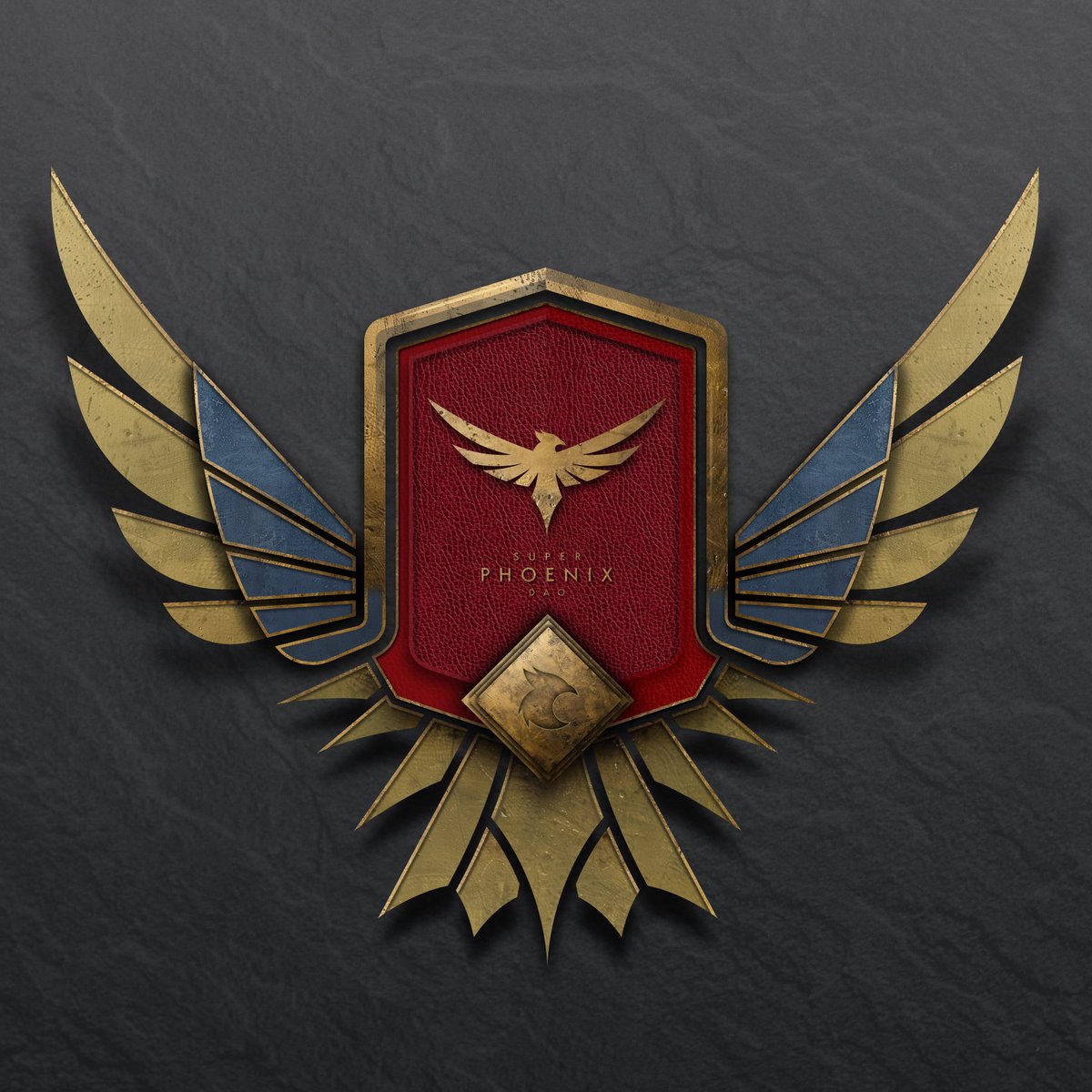
Membership Verification: DAOs issue NFT badges as proof of legitimate membership, ensuring only verified individuals participate in governance and collaboration.
-
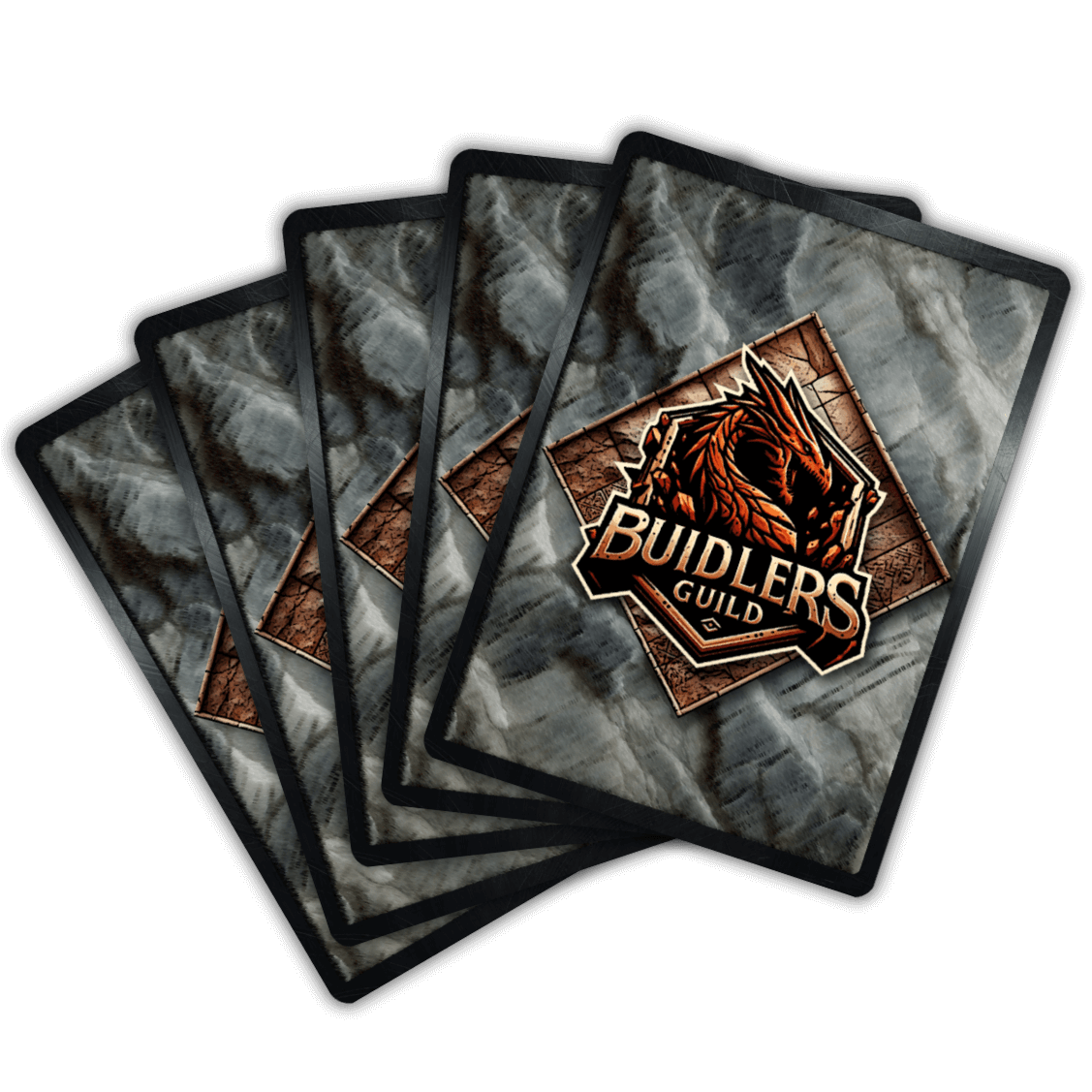
Access Control: NFT badges represent different tiers or roles within a DAO, granting members varying levels of access and responsibility as they progress.
-
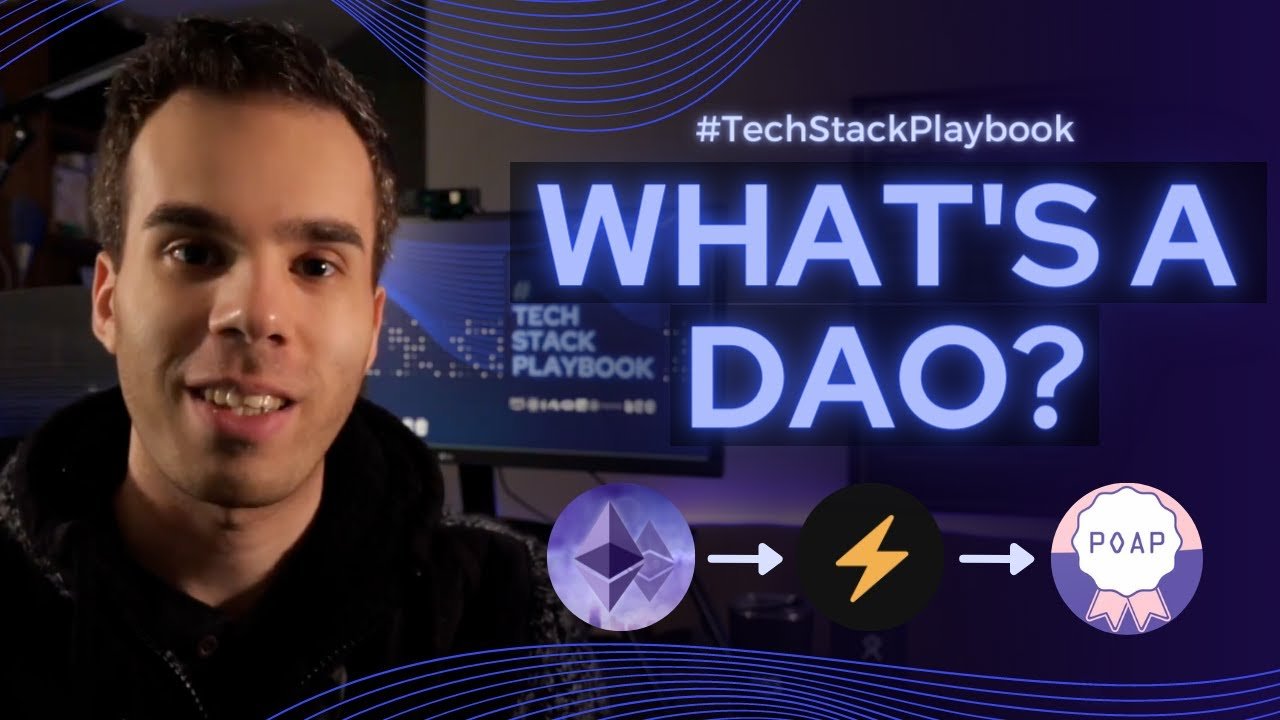
Proof of Participation: DAOs award NFT badges for attending meetings, contributing to projects, or participating in events, providing immutable records of active involvement.
-

Reward Mechanisms: NFT badges are linked to token incentives and other rewards, transparently recognizing and motivating contributors for their efforts.
-
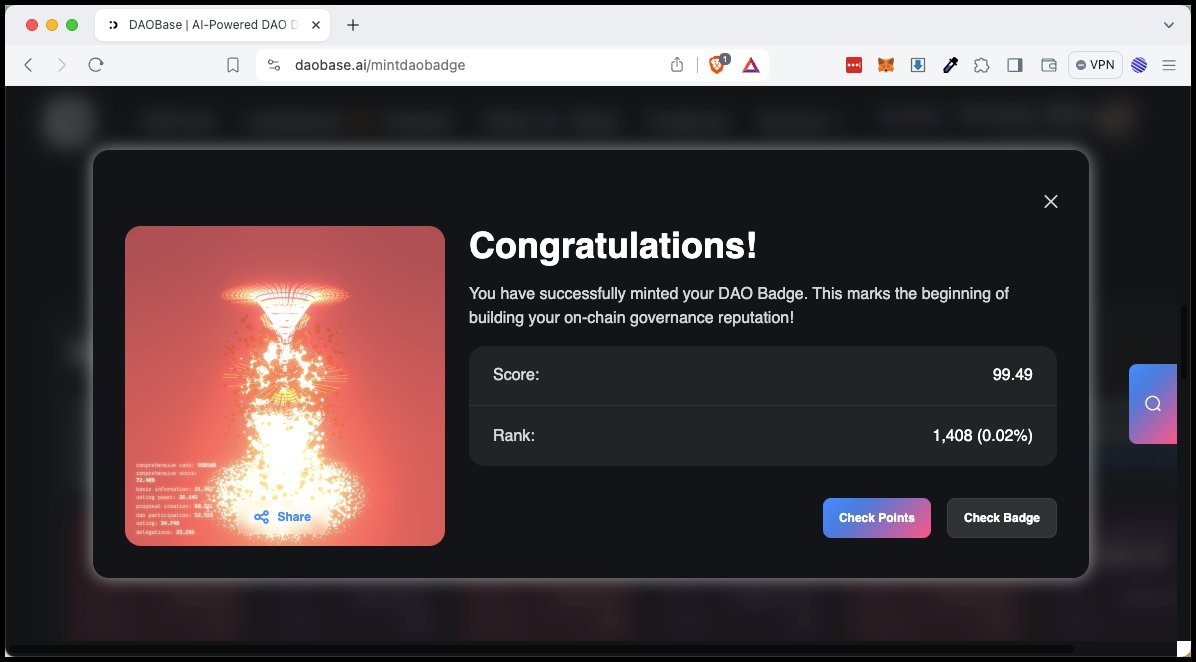
Reputation Building: Accumulating NFT badges over time helps members build on-chain reputations, showcasing their contributions and fostering trust within the community.
For example, a developer who ships a critical protocol upgrade might receive a “Core Dev” badge, while an engaged voter could earn a “Governance Steward” badge after participating in ten consecutive proposals. These distinctions are not only visible to all but also tamper-proof thanks to blockchain technology.
Transparency and Trust: The Heart of On-Chain Recognition
The transparency offered by NFT voting badges is transforming decentralized governance tools. Every badge is minted on-chain and linked directly to wallet addresses – providing an open audit trail for all contributors’ actions. This means anyone can independently verify who did what and when.
This level of clarity goes beyond mere acknowledgment; it gamifies participation, incentivizes deeper engagement, and helps prevent sybil attacks or fraudulent claims of contribution. As members accumulate more badges over time, they organically build an on-chain reputation that unlocks new privileges or voting power within the DAO ecosystem.
The Current Landscape: Evolving Use Cases
From membership verification to access control and reward mechanisms, DAOs are discovering creative ways to leverage contributor badges:
- Membership NFTs: Grant entry to exclusive channels or project groups.
- Tiered Access: Higher-level badges unlock additional responsibilities or governance rights.
- Proof-of-Participation: Attending meetings or completing bounties mints new badges as on-chain evidence.
- Token Incentives: Some DAOs link badge ownership to periodic token rewards or bonus distributions.
If you’re curious about how these practices enhance transparency in real-world scenarios, explore our deep dive at How NFT Badges Enhance Transparency in DAO Decision Making.
As the adoption of contributor badges in DAOs accelerates, several platforms are emerging to streamline their issuance and management. These tools make it easier for communities to mint, distribute, and verify NFT badges without requiring extensive technical expertise. For example, dynamic badge systems like DAOBadgeX allow for evolving credentials that update as a member’s contributions grow, ensuring that recognition keeps pace with real-world impact.
One of the most compelling aspects is the interoperability of these badges across different DAOs and web3 ecosystems. A designer who earns a “Community Builder” badge in one DAO can showcase that achievement elsewhere, creating a portable reputation profile. This not only increases individual mobility between projects but also fosters a culture of meritocracy, where skills and dedication are transparently rewarded regardless of background or location.
Future-Proofing DAO Governance with NFT Badges
The future of decentralized governance will likely be shaped by how effectively communities recognize and empower their contributors. NFT voting badges are already laying the groundwork for more nuanced governance models: imagine quadratic voting rights based on accumulated badges, or time-locked privileges that reward sustained engagement rather than one-off participation.
Moreover, as DAOs experiment with new forms of coordination, such as workstreams, guilds, or cross-DAO alliances, NFT badges can serve as the connective tissue. By providing an immutable record of activity and trustworthiness, they help reduce friction in onboarding new members or collaborating across organizational boundaries.
Innovative DAOs Using NFT Badges for Governance
-
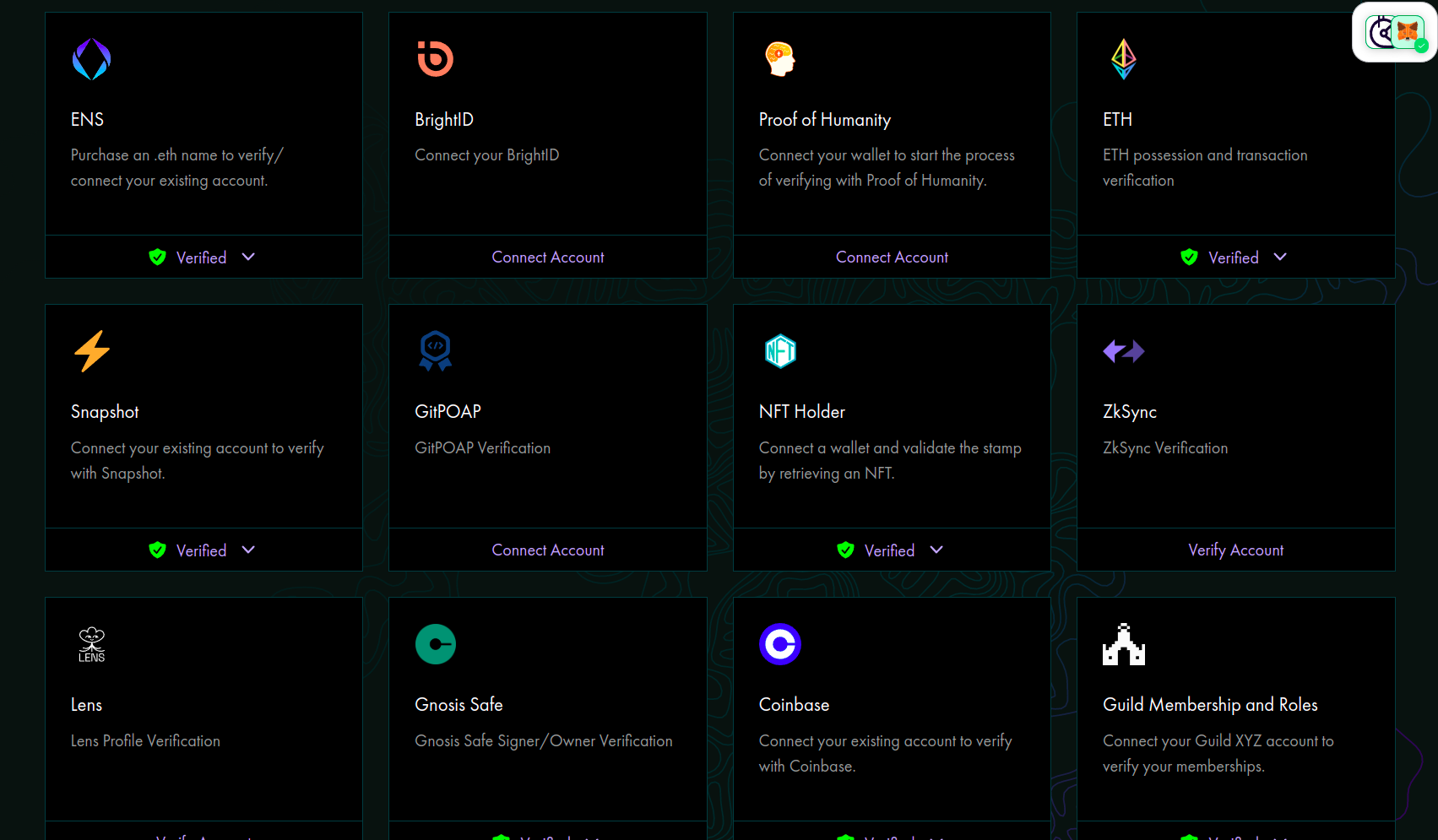
Gitcoin DAO: Gitcoin DAO issues “Kudos” NFT badges to recognize and reward contributors for their work on open-source projects. These badges serve as verifiable proof of participation and can unlock access to exclusive DAO events and governance privileges.
-

Bankless DAO: Bankless DAO utilizes Bankless Badge NFTs to acknowledge active participation in community initiatives. Members accumulate badges for attending events, contributing to projects, or supporting governance proposals, building a transparent on-chain reputation.
-
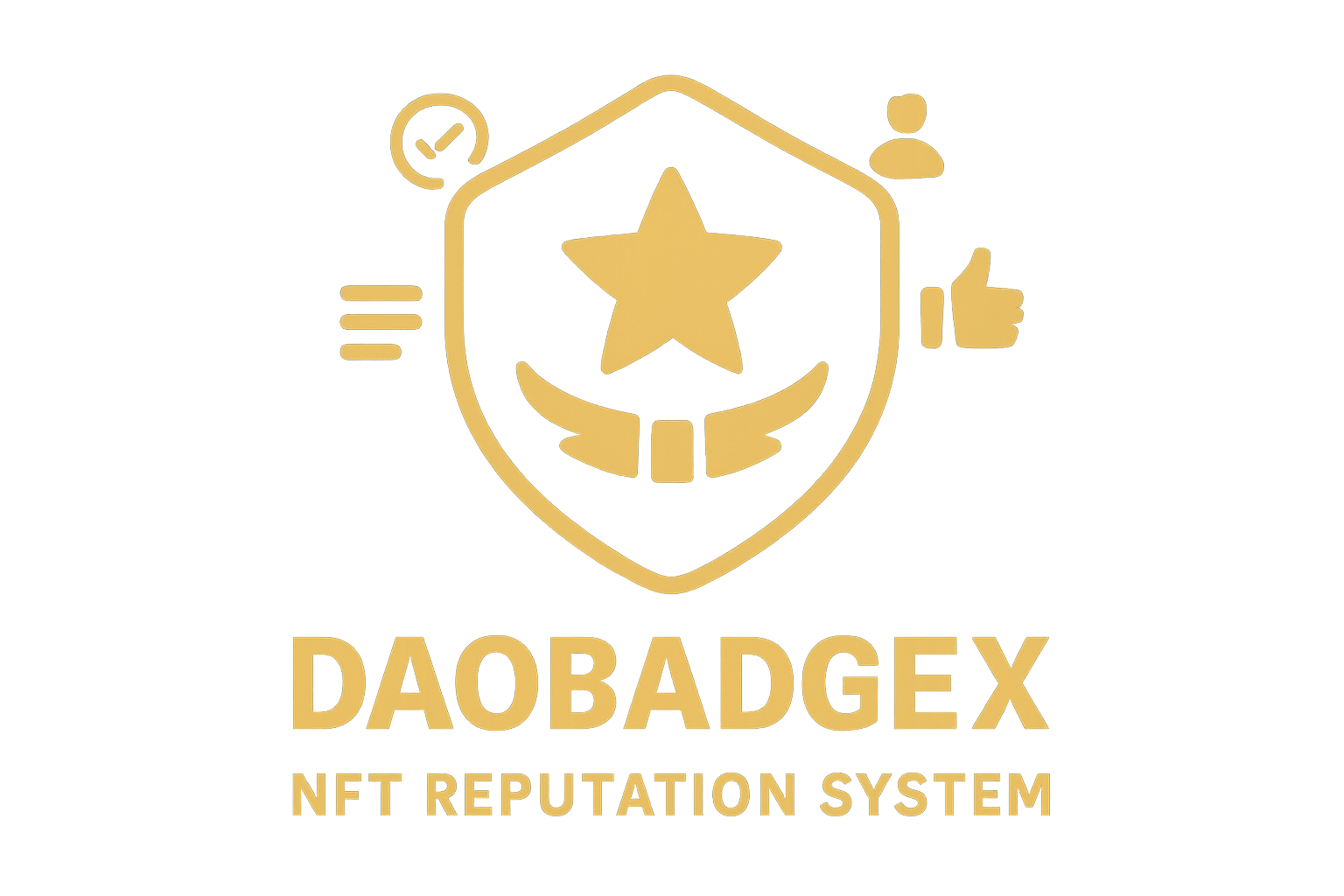
DAOBadgeX by DAOBase: DAOBadgeX is a dynamic on-chain reputation system where NFT badges evolve based on a member’s contributions. These badges not only reflect a contributor’s role but can also be linked to token rewards and increased governance power within the DAO.
-

ENS DAO (Ethereum Name Service): ENS DAO distributes participation NFT badges to members who engage in voting and proposal discussions. These badges serve as immutable records of governance activity and can be used to verify a member’s involvement in key decisions.
-

Rootstock Collective: Rootstock Collective grants exclusive NFT community badges to contributors who participate in governance and ecosystem-building activities. These badges can unlock special privileges, such as early access to new features or voting rights upgrades.
The transparency inherent in decentralized governance tools also invites greater community scrutiny and accountability. When every contribution is publicly verifiable, stakeholders can make more informed decisions about resource allocation or leadership selection. This is particularly vital for mission-driven DAOs where social impact and legitimacy are paramount.
Practical Advice for Launching Your Own Badge System
If your DAO is considering implementing governance NFT recognition, start by defining clear criteria for badge issuance: What actions merit recognition? How will you prevent badge inflation? Consider leveraging open-source frameworks or partnering with established platforms to ensure security and scalability from day one.
It’s also important to communicate the value proposition to your members. Badges should not feel like empty trophies, they must carry real utility within your ecosystem, whether through access privileges, voting weight, or tangible rewards. Regularly review your badge system’s effectiveness and remain open to community feedback to keep it aligned with evolving needs.
The bottom line: NFT badges are making contributor recognition in DAOs more transparent, verifiable, and meaningful than ever before. As these tools mature, expect them to play an even bigger role in shaping organizational culture across web3 communities, rewarding those who build value from the ground up.
